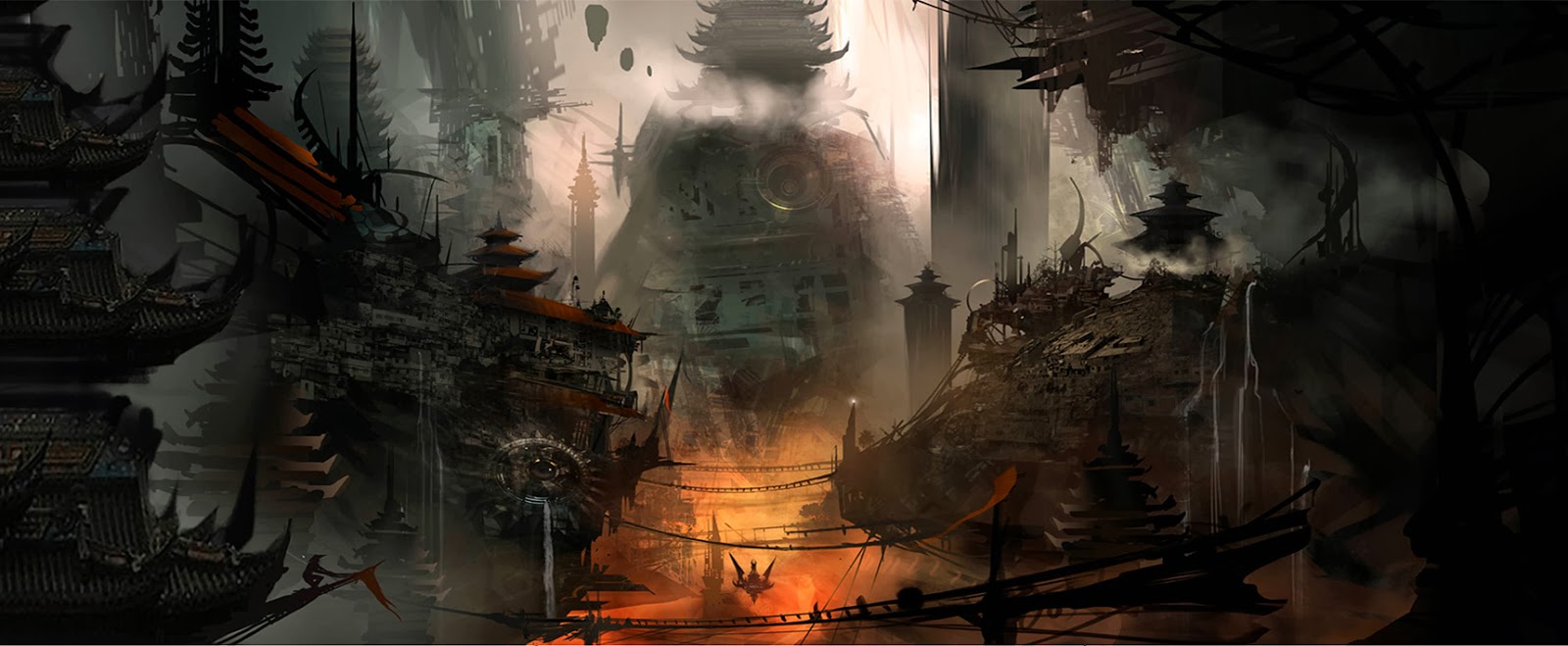Reflective
Report
Can't
believe that this chapter is finally done and closed. What started as an idea
is now a fully rendered movie that we didn't think we could do when the third
year of this course started. Satisfaction to get it done is immense. Everyone
worked extremely hard to get this final movie to what it is today. I knew it will be a huge challenge but we
always thought that is the only way to bring out the best of each individual in
this group.
Pre-production
started quite messy as all of us were inexperience and didn't know what to do
to begin with, although we were taught to start with just pitching ideas and
later to lay down all concepts and designs but to produce a professional level
of pre-production work was totally beyond our abilities. However, we managed to
put in what we can and what has been taught. As time progresses, lots of ideas
were changed we but we managed to keep the important elements in the base story.
We struggled to get the pre-production done but overall we got it done. Should
we given a second time to do a new project, I believe everyone will achieve a
far better result at a more professional level.
I
have learned so much at this level, in which is also the most important stage
of this project. This is where planning is most critical, as this will later
help in the production stage. It will definitely saves a lot of time as a good
well planned pre-production will eliminates a lot of problems that we
encountered at the later stage. Overall, I must admit that at this student
level, we achieved experience that can only be gained through hard and
dedicated work. We now certainly have the confidence to work at a pace that is
more smooth and scheduled.
Production
was most interesting as we are now at a stage where we will start putting all
the work we have done into getting everything on paper to 3d. This is a stage
where we all have to put our best work to making the final movie. Modelling is
my strongest skill and I have no problem to have everything modelled as
planned, although there were a few changes but we all have them done as
planned. The only problem we encountered were to decide what to model in higher
resolution and what in low-poly. As mentioned that we were inexperience, we can
never see what we should do in the modelling stages till we see the final
render.
Again,
after many hours of tedious and hard work, all the effort we put in, the final
movie is very satisfying for us. We have achieved an ambitious work that we are
happy with. We all able to sit back and watch the final movie with great
satisfaction and I am proud with this team that has been hard working and most
important, has learned a lot in this production and are ready to combat in the
real 3d industry world.
As
for the whole process of this production stages, there are many trials and
errors but only with these that we can only learned more and able to do it
better in the future work. Everyone has achieved something they didn't think of
in the early stages. We all able to share what we learned and able to work as a
team. We finally composited all the rendered clips in After Effects where we
add most of the correction in the clips and later brought it to Adobe Premier
to add in the background music and audio effects. I certainly learned a lot in
this stage and I certainly believe that there are more room for improvements.
Wei
and Sean has been most helpful in helping to get this project done. Their
guidance has been part of this successful final movie and this team would like
to thank them to achieve what we had today. Thumbs up for JMC to get me at where
I am today, most grateful and appreciated.
























